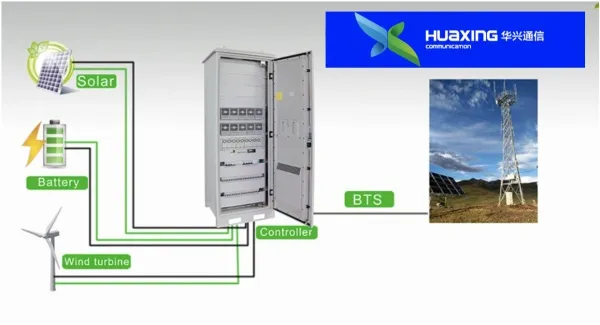wind turbine
A wind turbine is a sophisticated renewable energy device that converts wind energy into electrical power through a series of mechanical and electrical processes. The system consists of several key components, including aerodynamically designed blades, a robust tower structure, and an advanced nacelle housing the generator and control systems. Modern wind turbines feature intelligent pitch control systems that automatically adjust blade angles to optimize power generation across varying wind conditions. The turbine's rotor hub, typically positioned atop a tall tower, captures wind energy through its rotating blades, which then drives a generator to produce electricity. These systems are equipped with advanced monitoring technology that tracks performance metrics, wind speed, and direction in real-time, ensuring optimal operation and safety. Wind turbines are deployed in various settings, from large-scale wind farms to individual installations for private use. They can be found both onshore and offshore, with newer models capable of generating several megawatts of power. The technology incorporates sophisticated safety features, including automatic shutdown mechanisms during extreme weather conditions and regular maintenance protocols to ensure long-term reliability.


